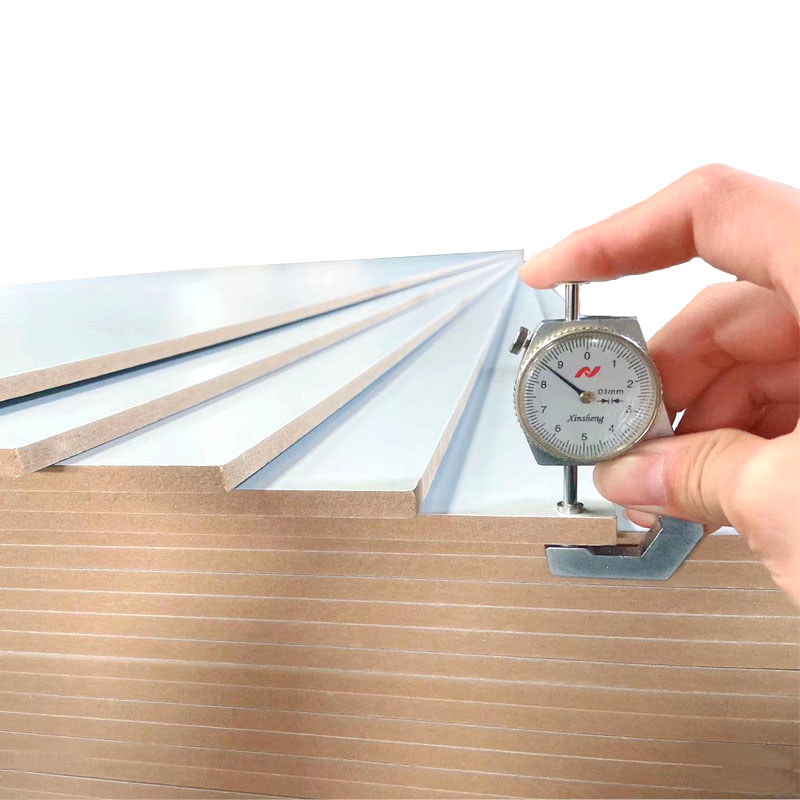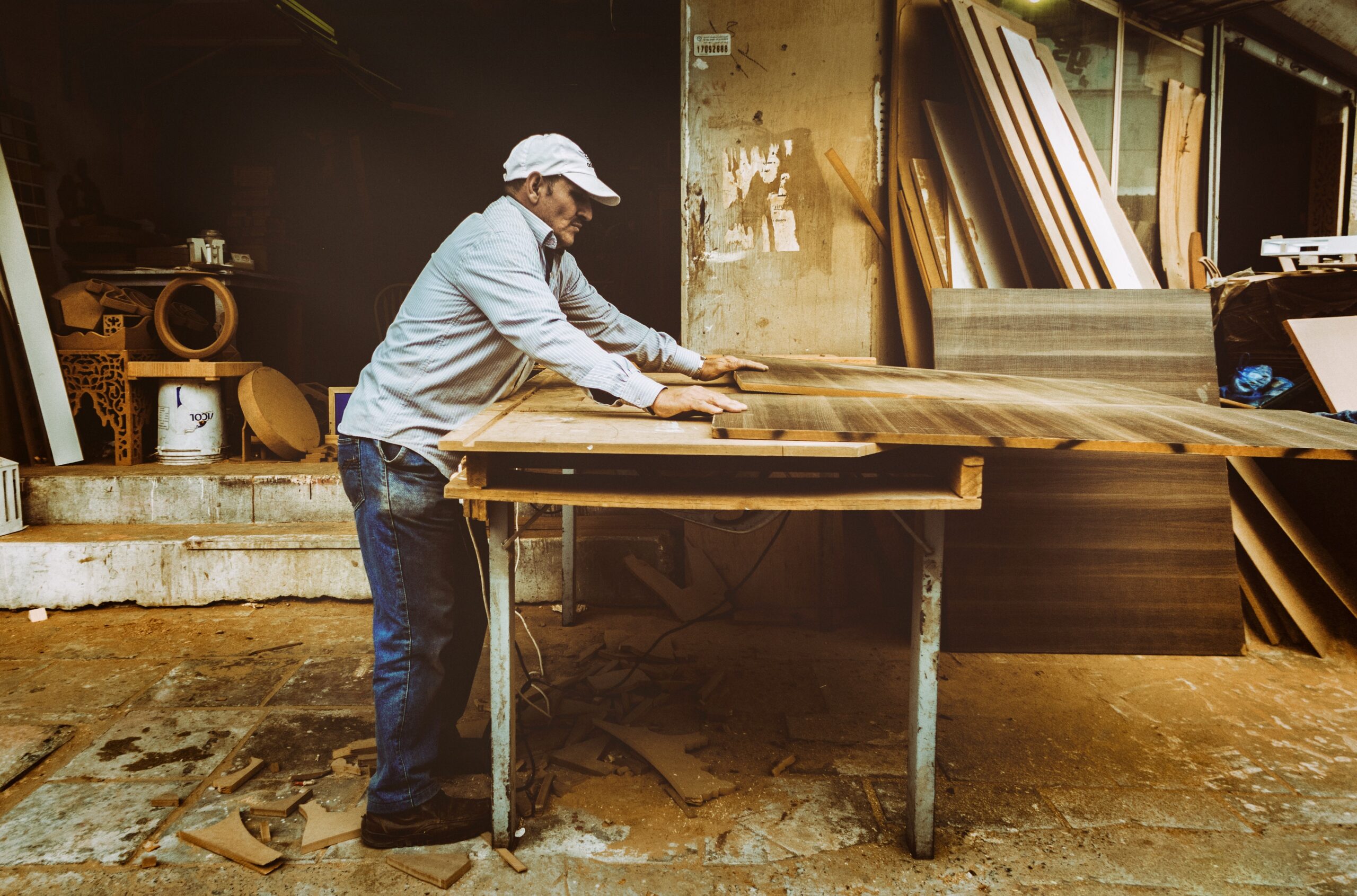History of MDF Density Board

Development History of MDF Density Board
MDF density board is a wood product familiar to modern people. It is not only used in furniture manufacturing, but also in construction, interior decoration and other fields. The manufacturing technology of MDF density board has undergone several centuries of evolution and improvement, and is one of the products of the industrial technology revolution in the 20th century. In this chapter, we will review the development history of MDF density board, introduce the reasons for its generation, the stages of development and the improvement of production technology.
1.1 The origin of MDF density board
MDF density board first appeared in the late 19th century to the early 20th century. At that time, the forest resources in European and American countries were no longer sufficient, and the price of wood gradually increased, which created a demand for other materials. In this context, chipboard was introduced as a less used material, thus starting the manufacturing process of MDF density board.
Chipboard comes from scraps of regular wood planks that are shredded before being mixed with glue and filler. However, because the material is irregular and of varying quality, its use in furniture manufacturing is very limited.
1.2 Development of Manufacturing Technology
In the 1920s, wood product manufacturers in Europe and America began experimenting with compressing chipboard to convert it into a stronger material. In the 1950s, due to the implementation of new policies focusing on economical housing construction, the demand for furniture and building materials increased significantly, and people gradually realized the potential of MDF density boards as an ideal material that could replace traditional wood.
In order to improve the manufacturing technology of MDF density boards, manufacturers began to research and experiment with various methods and advanced technologies. These efforts paid off in the 1970s. Specially for the manufacture of MDF density boards, new processing equipment controlled by automation and computer monitoring has been widely used, so the production cost of MDF density boards has been greatly reduced, and the parts containing pollutants and other harmful substances have been eliminated.
1.3 The development stage of MDF density board
Regarding the development process of MDF density boards, different people have different methods of dividing them into stages. I break it down into four stages here:
(1) The manufacturing technology of MDF density board is gradually mature
In the process of forming MDF density board, it is very important to obtain uniform compression and smoother appearance. In research papers in the early 1950s, Spanish researchers first mentioned that a stronger and smoother board could be obtained by injecting steam into the chipboard and then compressing it. In the early 1960s, European manufacturers began to introduce computer-controlled machining technology to achieve more precise and finer production.
(2) Emerging demand in the construction and home furnishing market
In the 1970s, the housing market drove the development of the MDF density board industry, and people began to carefully design and manufacture household products that demanded by the market, which obviously promoted the application and production of MDF density boards.
(3) Advances in environmental regulations and technologies
In the 1980s, due to widespread concerns about environmental protection and forest protection, manufacturers began to look for green production materials. MDF density boards have also found new markets, which focus on green, waterproof and fire protection and can be recycled and recycled building materials, namely high-density MDF (HDF). It is this kind of environment and market demand that has prompted the bottleneck of MDF density board production to be overcome.
(4) Innovation in the global market and production fields
With the advancement of technology, after 2000, the application range of MDF density boards has been further expanded, and the economic profit margin has been greatly excavated on a global scale. Due to its strong, durable, environmentally friendly, and cheap features, the market size of MDF density boards continues to expand, and its applications in the fields of construction and interior decoration are becoming more diverse.
The Production Process of MDF Density Board
MDF density board has become the mainstream variety of materials for fashion and modern furniture and building decoration due to its strong, beautiful, and non-deformable characteristics. In this chapter, we will introduce the production process of MDF density board, which requires the close cooperation of various materials and machines, as well as precise calculation and strict control requirements.
2.1 Preparation and processing of raw materials
The main raw materials of MDF density board are the debris of tree trunks and laminating glue. Chips are processed by workers in factories and are usually leftover waste from the manufacture of other wood products. Woods of different qualities, colors or characteristics can be worked individually or mixed. The chips are then crushed into shape in a shredder to produce relatively regular wood chips.
2.2 Mixing and cutting of sawdust
The resulting wood chips will be mixed and added with some binders to improve compression resistance, humidity resistance and safety. Chemicals and other special ingredients that help the wood bond to the glue are also added to the mix so that the wood chips mix more evenly. This mix changes into an extremely fine, homogeneous mix for perfect compression of the MDF in the process compressor.
After the two sides of this mixture and the hard sticker are glued to form a sheet, they are crushed by a pressing machine. This stressful process produces uniform density, smooth and flat MDF boards that meet all board quality inspections for thickness and texture, surface finish and strength. Most of the boards undergo subsequent processing; while the quality of the boards is graded, and is usually further graded according to size or thickness to meet the production needs of different specifications and sizes.
2.3 Spraying and baking process
In the final stage of MDF density board manufacturing, a series of spraying and drying operations are required. Most MDF panels require these treatments after they are manufactured. The boards are sprayed and baked at high temperature to increase their strength, water resistance and abrasion resistance. Among them, most of the coatings used are alkyd rods, which can also be used to protect the surface of the board, making it brighter, water-resistant, abrasion-resistant and fire-resistant. This coating can also be used for dyeing to form various visual effects.
2.4 Painting process
In order to improve the waterproof ability of MDF density board, a large number of manufacturers apply a layer of paint on the surface of MDF density board. A common way to apply paint is by spraying, which creates a level surface with the ideal pressure and temperature for a more even coating. During the painting heating process, the paint oil is combined with high-temperature compression to form an MDF board with an integrated texture.
Application Fields of MDF Density Board
MDF density board can be used for various purposes and is widely used in the fields of construction, interior design and home improvement. In this chapter, we will introduce several main application fields of MDF density board.
3.1 Furniture Manufacturing
MDF density board has become the main material of modern furniture manufacturing. Its strength, smooth and smooth surface and other characteristics (such as convenient processing, not easy to damage, etc.) provide manufacturers with more flexible choices when designing and manufacturing furniture. When manufacturing furniture, MDF density boards are often used as internal structural components to reinforce and support external materials (such as wood, steel, etc.).
3.2 Architectural decoration
MDF density board can become a widely used building decoration material through the improvement of appearance. It can be painted in various colors and textures, and can be made into a variety of surface designs, such as round cut, shaped cut, etc., to meet the needs of various interior and architectural occasions.
In the process of construction and decoration, MDF density boards are used to make partitions, panels, decorative panels, etc., which are usually used for home, office or shop decoration. These panels can be cut and processed according to design requirements, so as to facilitate the fabrication of various building elements that meet specific spatial and visual design requirements, including cabinets, doors, floors, floors and ceilings, etc.
3.3 Other areas
In addition to furniture manufacturing and architectural decoration processes, MDF density boards are also used in other fields, including arts and crafts, toy manufacturing, audio speaker manufacturing, etc. Applications in these fields also require the strength and plasticity of MDF density boards, and also require MDF density boards to have colorful surfaces and good processing properties to meet some of their high requirements.
Advantages and Disadvantages of MDF Density Board
As a new wood product and building material, MDF density board has many advantages. These advantages include high material homogeneity, low deformation, smooth and flat surface, various cutting and processing, and various color and design options. At the same time, MDF density board also has some disadvantages, such as its weight, difficult to handle


